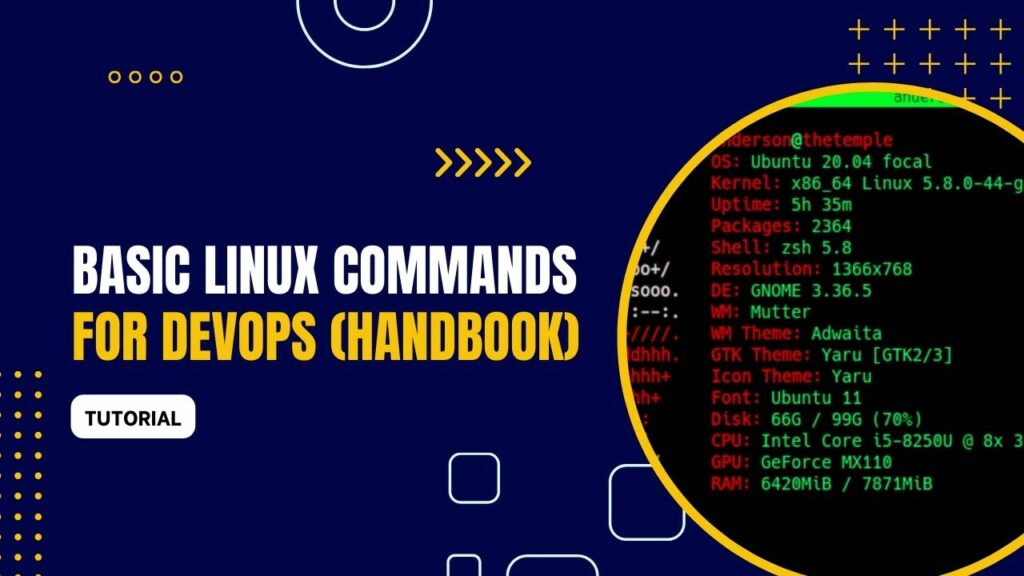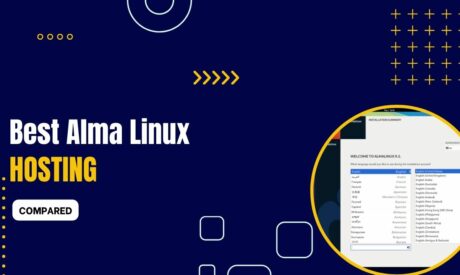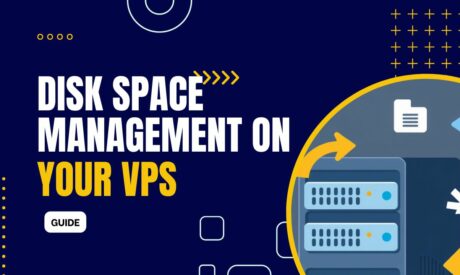If you are searching for basic Linux commands for DevOps, you definitely need to read this article which contains the fundamental commands every web developer needs to know to complete main tasks with Linux systems.
It's not always necessary to know the system perfectly; in most cases, you will only need basic Linux commands. I highly recommend you bookmark this article, as it might be helpful in the future when you work on your terminal.

Read More: Best Linux VPS Hosting
The Best Basic Linux Commands for DevOPS
1. Terminal Navigation Basics
Navigating through the Linux terminal proficiently is the first step in your DevOps journey. Here are a couple of commands to get you started:
a. ls Command
- Description: List all files and directories in the current directory.
- Example: To list files with detailed information, use
ls -l.
b. cd Command
- Description: Change the current directory.
- Example: To move to the home directory, use
cd ~.
2. File Management Essentials
Managing files effectively is vital in DevOps. Here are the commands that will assist you:
a. mkdir & rmdir Commands
- Description: Create and remove directories, respectively.
- Example: Create a directory named “project” using
mkdir projectand remove it withrmdir project.
b. touch Command
- Description: Create a new empty file.
- Example: Create a file named “example.txt” using
touch example.txt.
3. Text Editing Techniques
Editing files is a routine task in DevOps. Here, we look at commands that facilitate easy editing:
a. nano & vi Commands
- Description: Text editors for creating or editing files.
- Example: Edit a file named “example.txt” using
nano example.txtorvi example.txt.
b. cat & less Commands
- Description: Display file content.
catdisplays content at once, whilelessallows for pagination. - Example: View content of “example.txt” using
cat example.txtor paginate withless example.txt.
4. System Management Fundamentals
Maintaining the system health is a critical task. Here are commands to help you monitor your system:
a. df & du Commands
- Description:
dfdisplays disk space usage, anddushows file and directory space usage. - Example: Check disk space using
df -hand directory space usingdu -sh /path/to/directory.
b. top & ps Commands
- Description:
topdisplays real-time system processes, whilepslists the processes currently running. - Example: Monitor real-time processes with
topand view current processes usingps -e.
c. grep Command
- Description: Searches for a specific pattern within files.
- Example: Find lines containing “error” in “logfile.txt” using
grep "error" logfile.txt.
d. chmod & chown Commands
- Description:
chmodchanges file permissions, andchownalters file ownership. - Example: Change file permissions using
chmod 755 filenameand modify ownership withchown user:group filename.
5. Networking Basics
Networking is crucial in DevOps. Here are commands to assist you in managing network tasks:
a. ifconfig & ping Commands
- Description:
ifconfigdisplays network configuration, andpingtests the connectivity to a network host. - Example: View network configuration using
ifconfigand test connectivity to Google usingping www.google.com.
b. curl & wget Commands
- Description:
curlandwgetare used for data transfer.curlcan transfer data with URL syntax, whilewgetis for downloading files from the network. - Example: Fetch data from a URL using
curl http://www.example.comand download a file usingwget http://www.example.com/file.zip.
Conclusion
Understanding and mastering these basic Linux commands can be a substantial step forward in your DevOps journey. They are practical tools that can simplify and streamline your daily tasks considerably.
So, take a step forward, experiment with these commands, and enhance your DevOps expertise.
Ludjon, who co-founded Codeless, possesses a deep passion for technology and the web. With over a decade of experience in constructing websites and developing widely-used WordPress themes, Ludjon has established himself as an accomplished expert in the field.









Comments